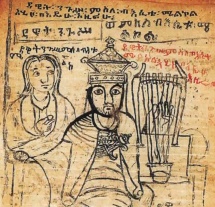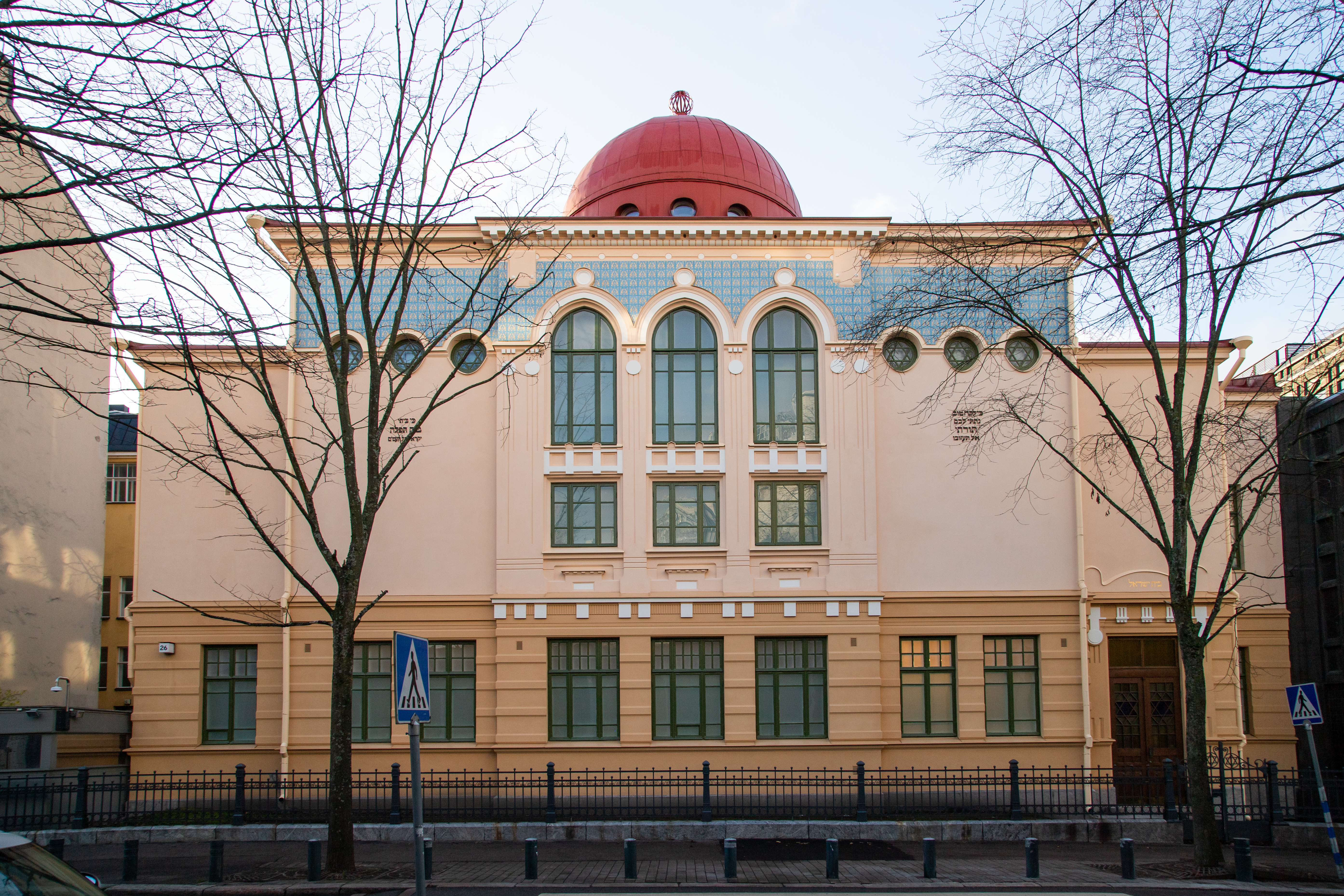|
Debtera
A debtera (or dabtara; Ge'ez/ Tigrinya/Amharic: ደብተራ (''Däbtära)''; plural, Ge'ez\Tigrinya: ''debterat'', Amharic: ''debtrawoch'' ) is an itinerant religious figure in the Ethiopian and Eritrean Orthodox Tewahedo Churches, A debtera will claim an ecclesiastical identity and behave as in minor orders.Case Study: Demonization and the Practice of Exorcism in Ethiopian Churches by Amsalu Tadesse Geleta The Lausanne Movement, Nairobi 2000. They may in fact be officially ordained as s, or may act outside the Church hierarchy. [...More Info...] [...Related Items...] OR: [Wikipedia] [Google] [Baidu] |
Ethiopian Orthodox Tewahedo Church
The Ethiopian Orthodox Tewahedo Church () is the largest of the Oriental Orthodox Churches. One of the few Christian churches in Africa originating before European colonization of the continent, the Ethiopian Orthodox Tewahedo Church dates back to the Christianization of the Kingdom of Aksum in 330, and has between 36 million and 51 million adherents in Ethiopia. It is a founding member of the World Council of Churches. The Ethiopian Orthodox Tewahedo Church is in communion with the other Oriental Orthodox churches (the Eritrean Orthodox Tewahedo Church, the Coptic Orthodox Church of Alexandria, the Malankara Orthodox Syrian Church, the Armenian Apostolic Church, and the Syriac Orthodox Church). The Ethiopian Orthodox Tewahedo Church had been administratively part of the Coptic Orthodox Church, Coptic Orthodox Church of Alexandria from the first half of the 4th century until 1959, when it was granted autocephaly with its own patriarch by Pope Cyril VI of Alexandria, Pope o ... [...More Info...] [...Related Items...] OR: [Wikipedia] [Google] [Baidu] |
Geʽez
Geez ( or ; , and sometimes referred to in scholarly literature as Classical Ethiopic) is an ancient South Semitic language. The language originates from what is now Ethiopia and Eritrea. Today, Geez is used as the main liturgical language of the Ethiopian Orthodox Tewahedo Church, the Eritrean Orthodox Tewahedo Church, the Ethiopian Catholic Church, the Eritrean Catholic Church, and the Beta Israel Jewish community. Hawulti Obelisk is an ancient pre-Aksumite obelisk located in Matara, Eritrea. The monument dates to the early Aksumite period and bears an example of the ancient Geez script. In one study, Tigre was found to have a 71% lexical similarity to Geʽez, while Tigrinya had a 68% lexical similarity to Geʽez, followed by Amharic at 62%. Most linguists believe that Geez does not constitute a common ancestor of modern Ethio-Semitic languages but became a separate language early on from another hypothetical unattested common language. Phonology Vowel ... [...More Info...] [...Related Items...] OR: [Wikipedia] [Google] [Baidu] |
Passion Of Jesus
The Passion (from Latin , "to suffer, bear, endure") is the short final period before the death of Jesus, described in the four canonical gospels. It is commemorated in Christianity every year during Holy Week. The ''Passion'' may include, among other events, Jesus's triumphal entry into Jerusalem, his cleansing of the Temple, his anointing, the Last Supper, his agony, his arrest, his trials before the Sanhedrin and before Pilate, his crucifixion and death, and his burial. Those parts of the four canonical Gospels that describe these events are known as the Passion narratives. In some Christian communities, commemoration of the Passion also includes remembrance of the sorrow of Mary, the mother of Jesus, on the Friday of Sorrows. The word ''passion'' has taken on a more general application and now may also apply to accounts of the suffering and death of Christian martyrs, sometimes using the Latin form ''passio''. Narratives according to the four canonical gospels A ... [...More Info...] [...Related Items...] OR: [Wikipedia] [Google] [Baidu] |
Psalm 47
Psalm 47 is the 47th psalm of the Book of Psalms, beginning in English in the King James Version: "O clap your hands". The Book of Psalms is the third section of the Hebrew Bible, and a book of the Christian Old Testament. In the slightly different numbering system used in the Greek Septuagint and Latin Vulgate translations of the Bible, this psalm is Psalm 46. In Latin, it is known as "Omnes gentes plaudite manibus". The psalm is a hymn psalm. It is one of twelve psalms attributed to the sons of Korah, and one of fifty-five psalms addressed to the "Chief Musician" or "Conductor". The psalm forms a regular part of Jewish, Catholic, Lutheran, Anglican and other Protestant liturgies. It has often been set to music, notably by Heinrich Schütz, Ralph Vaughan Williams, John Rutter and Oskar Gottlieb Blarr. Background In Jewish tradition, Psalm 47 is one of 12 psalms attributed to the sons of Korah. It is also classified as part of the "Elohistic Psalter" (Psalms 42–83), wh ... [...More Info...] [...Related Items...] OR: [Wikipedia] [Google] [Baidu] |
David
David (; , "beloved one") was a king of ancient Israel and Judah and the third king of the United Monarchy, according to the Hebrew Bible and Old Testament. The Tel Dan stele, an Aramaic-inscribed stone erected by a king of Aram-Damascus in the late 9th/early 8th centuries BCE to commemorate a victory over two enemy kings, contains the phrase (), which is translated as " House of David" by most scholars. The Mesha Stele, erected by King Mesha of Moab in the 9th century BCE, may also refer to the "House of David", although this is disputed. According to Jewish works such as the '' Seder Olam Rabbah'', '' Seder Olam Zutta'', and '' Sefer ha-Qabbalah'' (all written over a thousand years later), David ascended the throne as the king of Judah in 885 BCE. Apart from this, all that is known of David comes from biblical literature, the historicity of which has been extensively challenged,Writing and Rewriting the Story of Solomon in Ancient Israel; by Isaac Kalimi; page 3 ... [...More Info...] [...Related Items...] OR: [Wikipedia] [Google] [Baidu] |
2 Kings
The Book of Kings (, '' Sēfer Məlāḵīm'') is a book in the Hebrew Bible, found as two books (1–2 Kings) in the Old Testament of the Christian Bible. It concludes the Deuteronomistic history, a history of ancient Israel also including the books of Joshua, Judges, and Samuel. Biblical commentators believe the Books of Kings mixes legends, folktales, miracle stories and "fictional constructions" in with the annals for the purpose of providing a theological explanation for the destruction of the Kingdom of Judah by Babylon in c. 586 BC and to provide a foundation for a return from Babylonian exile.Sweeney, p1/ref> The two books of Kings present a history of ancient Israel and Judah, from the death of King David to the release of Jehoiachin from imprisonment in Babylon—a period of some 400 years (). Scholars tend to treat the books as consisting of a first edition from the late 7th century BC and of a second and final edition from the mid-6th century BC.Fretheim, ... [...More Info...] [...Related Items...] OR: [Wikipedia] [Google] [Baidu] |
Orthodox Tewahedo
Orthodox Tewahedo refers to three Oriental Orthodox Christian Churches with shared beliefs, liturgy, and history. The Orthodox Tewahedo biblical canon is common to all churches, as is Orthodox Tewahedo music. * The Ethiopian Orthodox Tewahedo Church, autocephalous since 1959. * The Eritrean Orthodox Tewahedo Church, autocephalous since 1993. * The Tigrayan Orthodox Tewahedo Church, self-declared autocephalous since 2021. ''Tewahedo'' ({{langx, gez, ተዋሕዶ ''täwaḥədo'') is a Geʽez word meaning 'being made one' or 'unified'. This word refers to the Oriental Orthodox belief in the one composite unified nature of Christ; i.e., a belief that a complete, natural union of the divine and human natures into one is self-evident in order to accomplish the divine salvation of humankind. This position is known as miaphysitism and is in contrast to the "two natures of Christ" belief (unmixed, but unseparated divine and human natures, called the hypostatic union), which is held by ... [...More Info...] [...Related Items...] OR: [Wikipedia] [Google] [Baidu] |
Synagogue
A synagogue, also called a shul or a temple, is a place of worship for Jews and Samaritans. It is a place for prayer (the main sanctuary and sometimes smaller chapels) where Jews attend religious services or special ceremonies such as weddings, bar and bat mitzvahs, choir performances, and children's plays. They often also have rooms for study, social halls, administrative and charitable offices, classrooms for religious and Hebrew studies, and many places to sit and congregate. They often display commemorative, historic, or modern artwork alongside items of Jewish historical significance or history about the synagogue itself. Synagogues are buildings used for Jewish prayer, study, assembly, and reading of the Torah. The Torah (Pentateuch or Five Books of Moses) is traditionally read in its entirety over a period of a year in weekly portions during services, or in some synagogues on a triennial cycle. However, the edifice of a synagogue as such is not essential for hol ... [...More Info...] [...Related Items...] OR: [Wikipedia] [Google] [Baidu] |
Sistrum
A sistrum (plural: sistra or (in Latin) sīstra; from the Greek ''seistron'' of the same meaning; literally "that which is being shaken", from ''seiein'', "to shake") is a musical instrument of the percussion family, a form of rattle, used most notably by the ancient Egyptians. It consists of a handle and a U-shaped metal frame, made of brass or bronze and ranging from in width. The frame supports sliding metal cross-bars, which may hold metal rings. When shaken, the small rings or loops of thin metal on its movable crossbars produce a sound that can vary from a soft clank to a loud jangling. Its name in the ancient Egyptian language was ''sekhem'' ''(sḫm)'' or ''sesheshet'' ''(sššt)'' because of the sound it made when it rattled. The ancient Egyptian sistrum had important associations with religious and ritualistic practices concerning various musical and joyful deities. A ''sekhem'' is the simpler, hoop-like sistrum, while a ''sesheshet'' (an onomatopoeic word) is the ... [...More Info...] [...Related Items...] OR: [Wikipedia] [Google] [Baidu] |
Psalter
A psalter is a volume containing the Book of Psalms, often with other devotional material bound in as well, such as a liturgical calendar and litany of the Saints. Until the emergence of the book of hours in the Late Middle Ages, psalters were the books most widely owned by wealthy lay persons. They were commonly used for learning to read. Many psalters were richly illuminated, and they include some of the most spectacular surviving examples of medieval book art. The English term (Old English , ) derives from Church Latin. The source term is , which is simply the name of the Book of Psalms (in secular Latin, it is the term for a stringed instrument, from ''psalterion''). The Book of Psalms contains the bulk of the Divine Office of the Roman Catholic Church. The other books associated with it were the Lectionary, the Antiphonary, and Responsoriale, and the Hymnary. In Late Modern English, ''psalter'' has mostly ceased to refer to the Book of Psalms (as the text of a book ... [...More Info...] [...Related Items...] OR: [Wikipedia] [Google] [Baidu] |
Retail
Retail is the sale of goods and services to consumers, in contrast to wholesaling, which is the sale to business or institutional customers. A retailer purchases goods in large quantities from manufacturers, directly or through a wholesaler, and then sells in smaller quantities to consumers for a profit. Retailers are the final link in the supply chain from producers to consumers. Retail markets and shops have a long history, dating back to antiquity. Some of the earliest retailers were itinerant peddlers. Over the centuries, retail shops were transformed from little more than "rude booths" to the sophisticated shopping malls of the modern era. In the digital age, an increasing number of retailers are seeking to reach broader markets by selling through multiple channels, including both bricks and mortar and online retailing. Digital technologies are also affecting the way that consumers pay for goods and services. Retailing support services may also include the pro ... [...More Info...] [...Related Items...] OR: [Wikipedia] [Google] [Baidu] |








